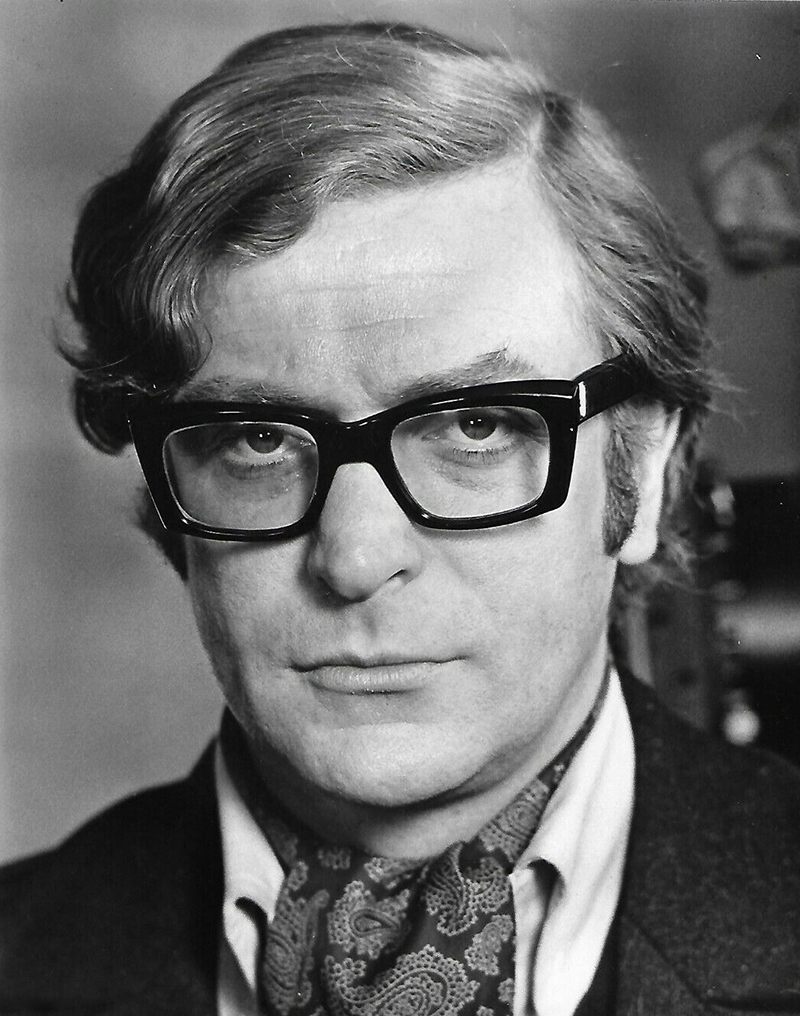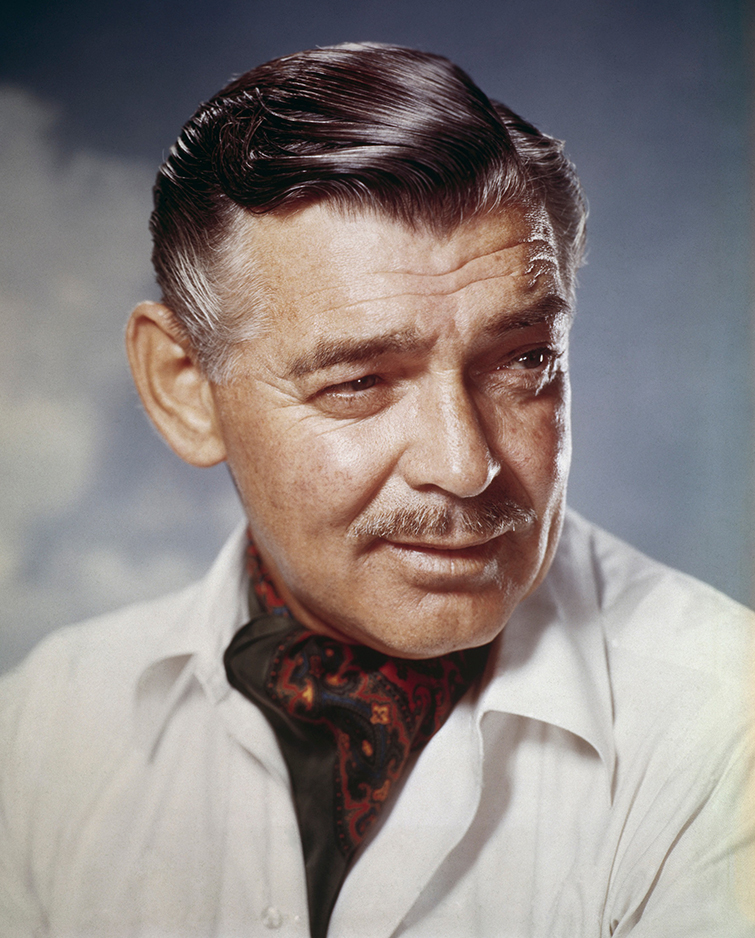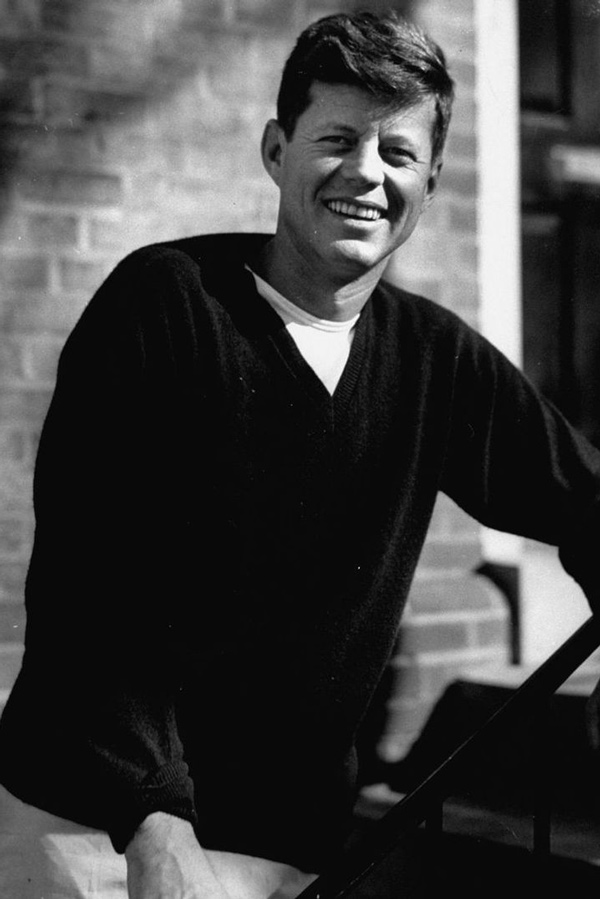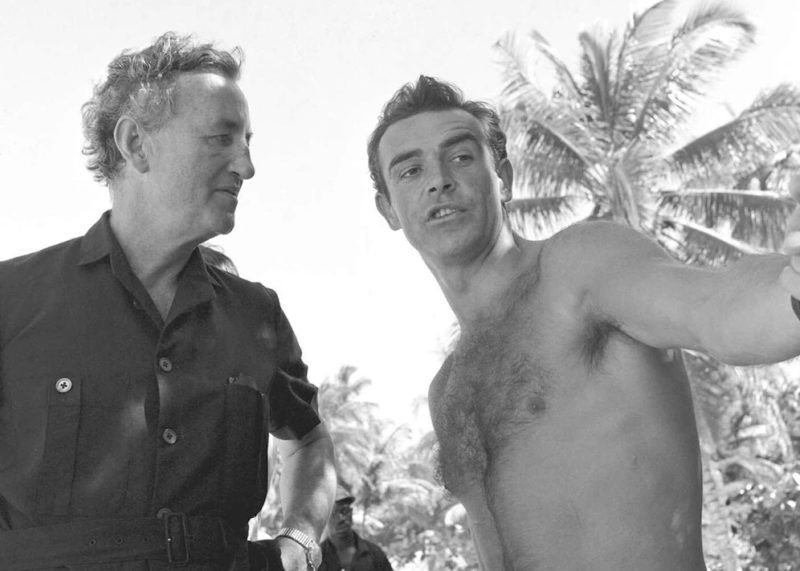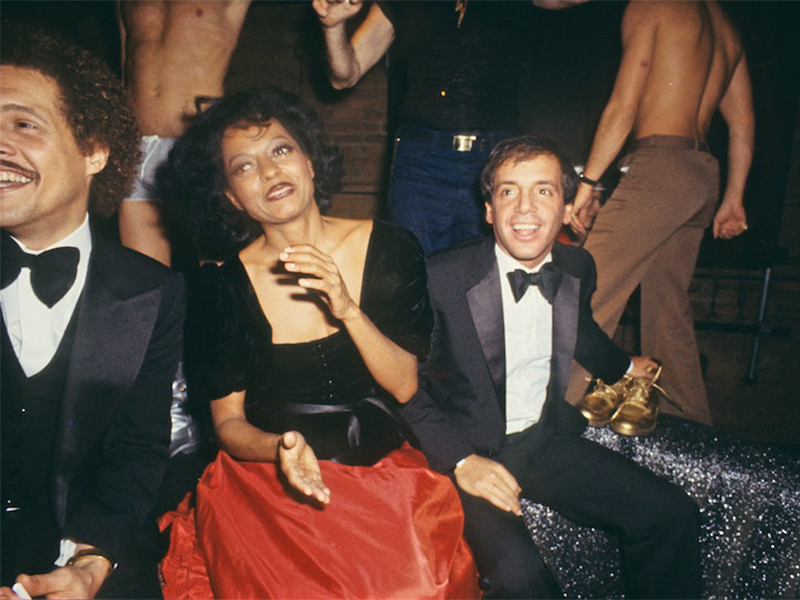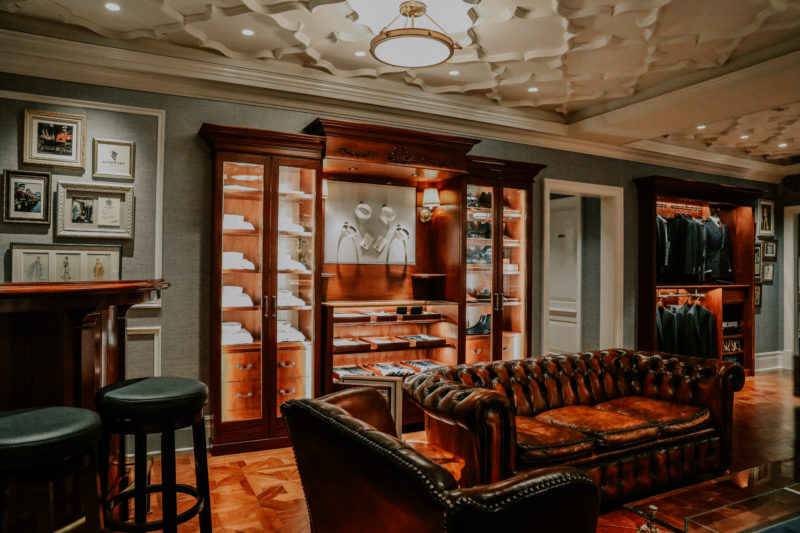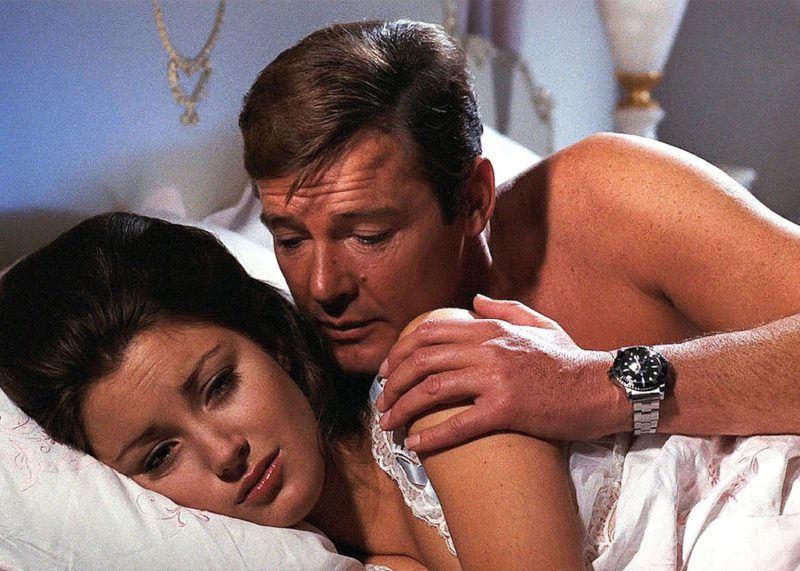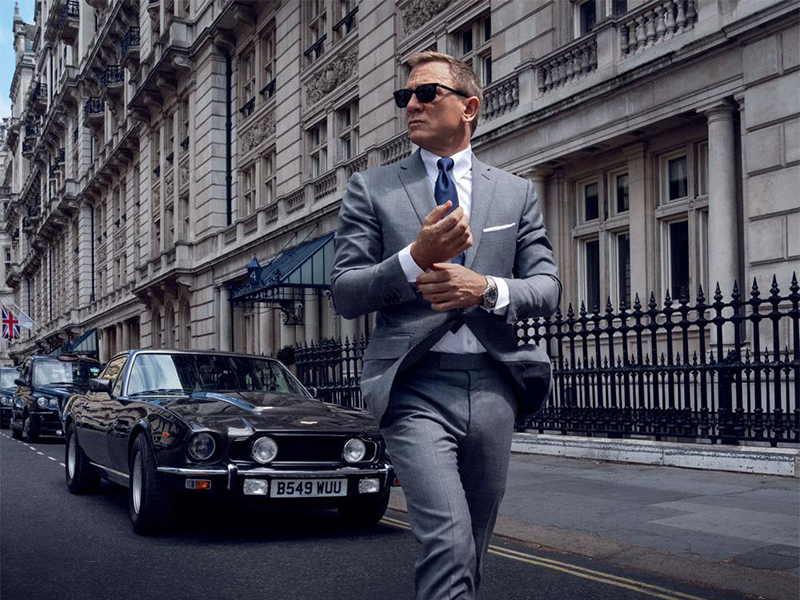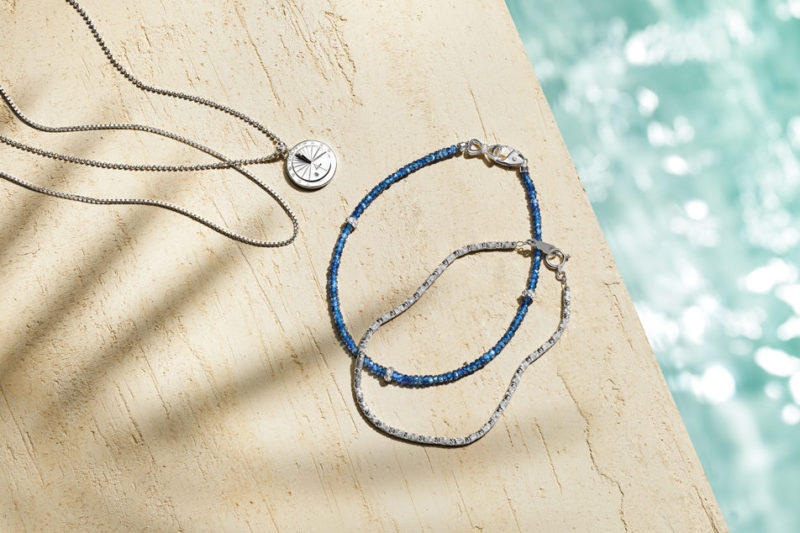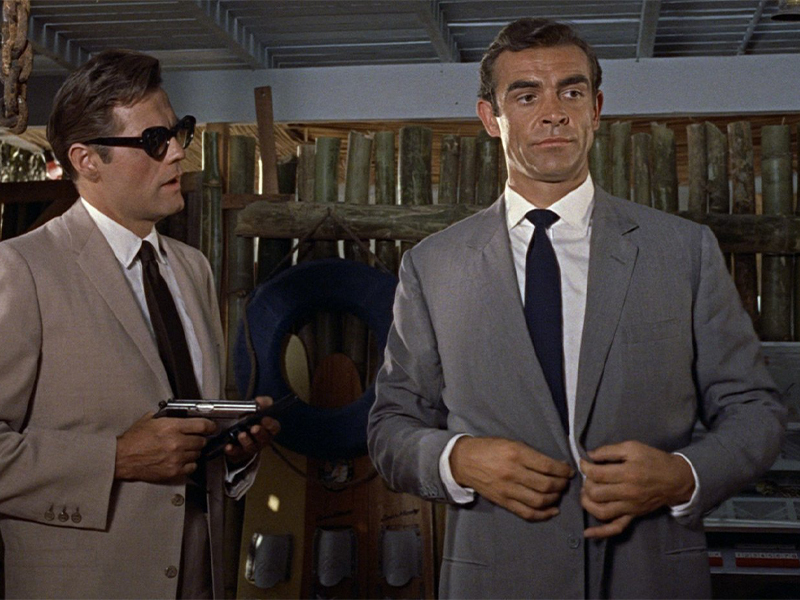The Cravat: A Timeless Classic
February 2023
text andi brooks
Effortlessly cool, Michael Caine sports a chic paisley cravat in 1971.
“Tell me that I misunderstood a joke, but don’t tell me that my choice of cravat is wrong.”
-David Niven (Rakish actor)
From its humble origins on the battlefield, the cravat became the must-have fashion accessory of the 17thcentury. Adapting to changing styles and tastes, it reigned supreme as the pre-eminent men’s neck attire over the next two hundred and fifty years. In fact, it was not until New York tailor Jesse Langsdorf revolutionised the construction of the necktie when he created the Langford Necktie, the first truly modern necktie, in 1924 that the cravat was finally toppled from its pedestal. That is not to say that it disappeared overnight. It could still be seen adorning the necks of movie stars and men of style and refinement into the 1970s, when it seemed to finally fall from grace to be, temporarily, relegated to a footnote in the history of fashion. Of course, the rakish gentleman pays little heed to the vulgar dictates of fashion. The living embodiment of style and elegance, which are as timeless as fashion is transient, the rakish gentleman is guaranteed to have a handsome selection of beautifully crafted cravats to suit any occasion in his wardrobe.
A dark cravat accentuates James Stewart’s movie star good looks in 1938.
“A cravat distinguishes a man of refinement from the merely ordinary.”
-Sir Percy Blakeney (The Scarlet Pimpernel)
Like many items of clothing, the cravat began life as a piece of military clothing. During the Thirty Years’ War, which raged across Europe from 1618-1648, the French hired mercenary Croatian light cavalry. When a group of the Croats were presented to King Louis XIII in Paris in 1630, their knotted scarfs caught the eye of the fashion-conscious monarch. Louis soon began to sport neckwear “à la Croate” (“Croatian style”). Adopted by court nobles and high society, the “cravate” became the height of French fashion before becoming the rage all across Europe.
The Croatians themselves are said to have worn their knotted scarfs for practical reasons rather than for sartorial elegance. According to one theory, the wives and sweethearts of Croatian soldiers made distinctive coloured scarfs so that they could identify their loved ones upon the battlefield while watching from from the hills above. Another theory claims that the neckwear was an essential piece of medical equipment. Silk was considered the ideal material for tying a wound to reduce bleeding. Wearing a piece of silk around the neck made it near to hand when needed in the heat of battle. However, only officers are said to have worn silk, while the common soldiers wore coarser cloth. Whatever the truth of the original purpose of the Croatian scarf, it is a source of national pride celebrated annually during World Cravat Day on October 18 when Croatian soldiers in traditional military uniforms parade in the Croatian capital Zagreb.
The suave Clark Gable wears a cravat with bold confidence in 1953.
The rakish gentleman needs no such excuse to sport a cravat. Deceptively simple, a cravat adds a touch of distinction to any outfit while making you stand out from the crowd. If you have never worn a cravat, now is the time to expand your sartorial repertoire by embracing “the apotheosis of all neckwear.”
